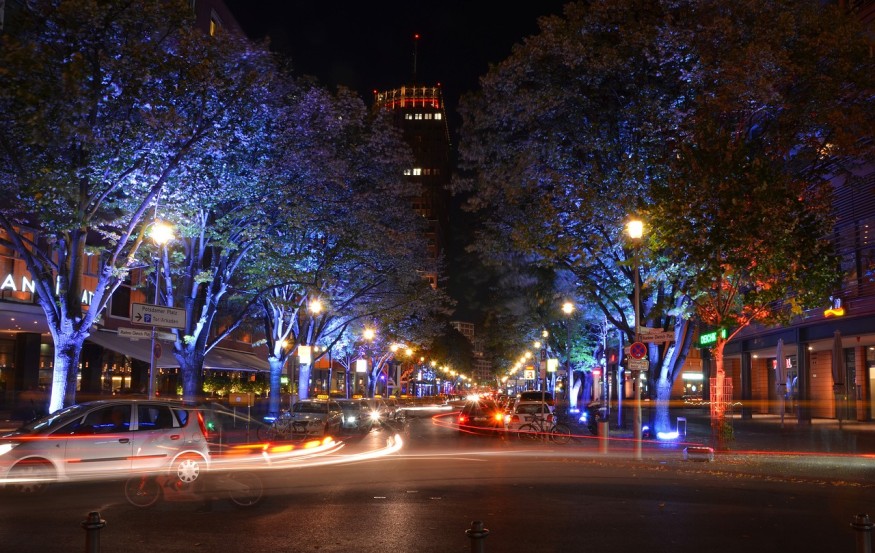Scientists have studied how warming temperatures brought by climate change and increasing light pollution due to city lights could affect the growth and biology of urban trees. They found that these trees have different growth patterns from their rural counterparts.
According to Purdue University, excessive night lighting is recognized as a form of pollution that causes damage to some trees. Understanding tree response to city lights will help determine the exact adverse effects light pollution can do on plants.

Urban Trees Grow Leaves a Week Earlier Than Rural Trees
NPR cited an interview with experts in which they talked about the effects of city lights on the growth patterns of urban trees. Theresa Crimmins, the director of the USA National Phenology Network, said in the interview that warmer temperatures are noted earlier in the season, and that caused plants and animals to respond by undertaking springtime earlier in the year than they used to.
Crimmins, who track these sorts of ecological changes, added that they are still unsure of the mechanisms behind this unusual change or how they fit together.
Postdoctoral fellow Lin Meng from Lawrence Berkeley National Lab. said that she also noticed that urban trees start to grow leaves and turn green six days earlier than those in the rural areas. Together with her team, they studied the springtime observations of volunteers across the country and compared them to decades-worth of data from satellite imagery of 85 cities in the US.
They found that there are two culprits to be blamed for this rapid growth in plants. The first one is the heat as cities have grown hotter in the past years than in the rural areas. Meanwhile, the second one is city lights.
Extension of Daylight Alters Biological Processes of Plants
Light pollution does not only hinder the night view of stargazers, but it also affects animals and plants, according to DeepRoot. For instance, urban trees live with all kinds of stress in the city than those in the forests or rural areas. They are subjected to road salt, soil compaction, lawn-mower injuries, and different light environment that is never completely dark.
Like humans, trees also have their circadian rhythm wherein they evolved to switch from day to night or change with seasons. These processes help them with important biological processes, such as photosynthesis, the timing of spring budburst, leaf coloring, and shedding of leaves.
However, artificial light confuses them by extending daylight, changing their flowering patterns, and promoting extended growth. This prevents trees to develop dormancy that allows them to survive the harsh winter weather.
Experts said that continuous lighting and light rich in red infrared wavelengths are two ways how city light causes damage to trees. They eliminate the natural light cycle for trees, which causes their foliage to be larger, putting them at higher risk of air pollution and water stress during the growing season because the stomata remain open for longer periods.
The early spring greening means earlier pollen season, leading to a higher risk of pollen allergy for humans and confusing pollinators, such as bees. Meng said that this could also lead to a mismatch with the timing of pollinators and affect insect development, survival, and reproduction.
RELATED ARTICLE : The Moon and Stars Are a Compass for Nocturnal Animals - but Light Pollution Is Leading Them Astray
Check out more news and information on Light Pollution in Science Times.












